This website uses cookies so that we can provide you with the best user experience possible. Cookie information is stored in your browser and performs functions such as recognising you when you return to our website and helping our team to understand which sections of the website you find most interesting and useful.
Tag: process
-
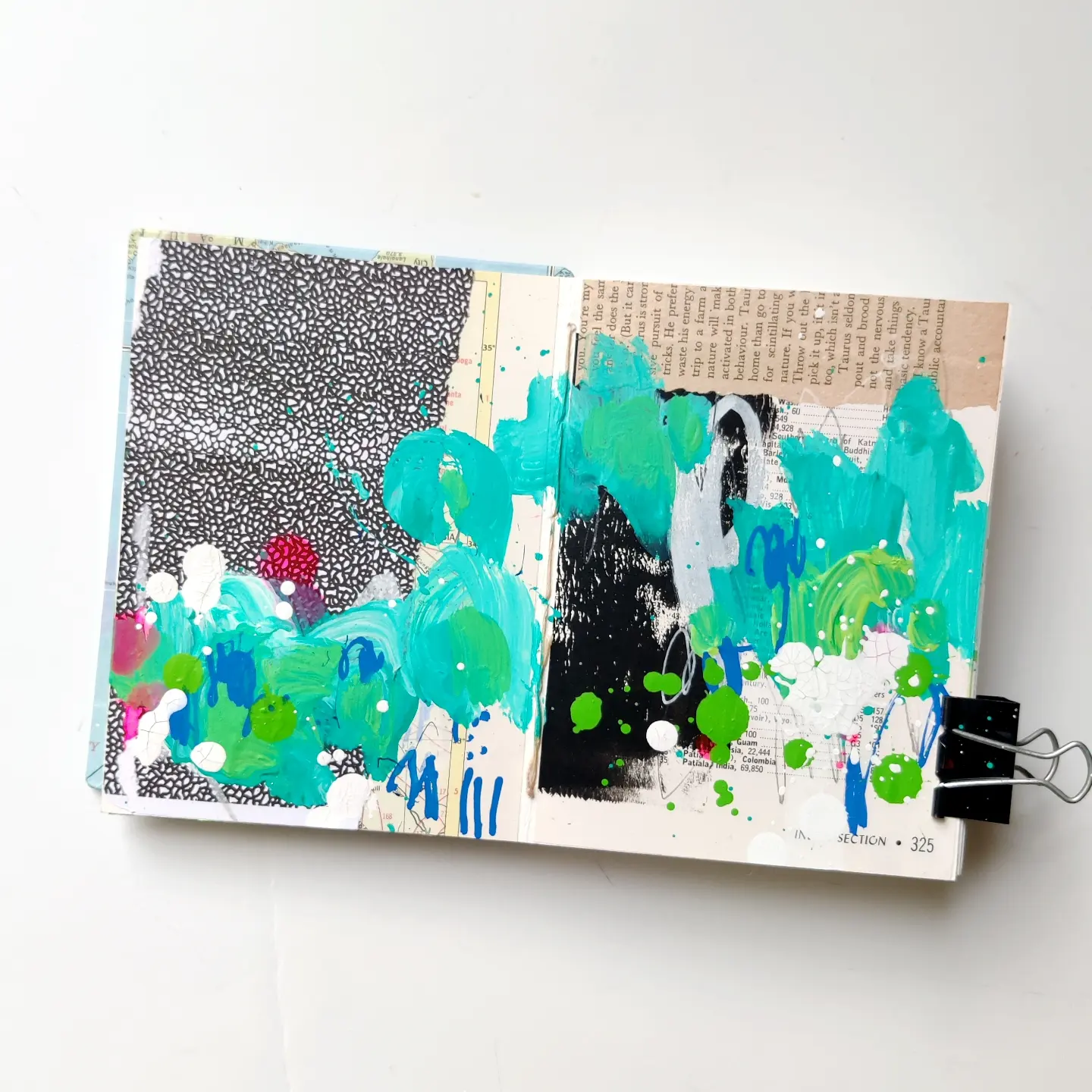
Hey, Artist
•
I have heard from a number of people over the course of my own creative journey who’ve said something along the lines of “I’m not an artist, but I’m interested in starting an art journal [or painting, or exploring collage]. Where do I begin?” First up: yeah, actually, you are…
-
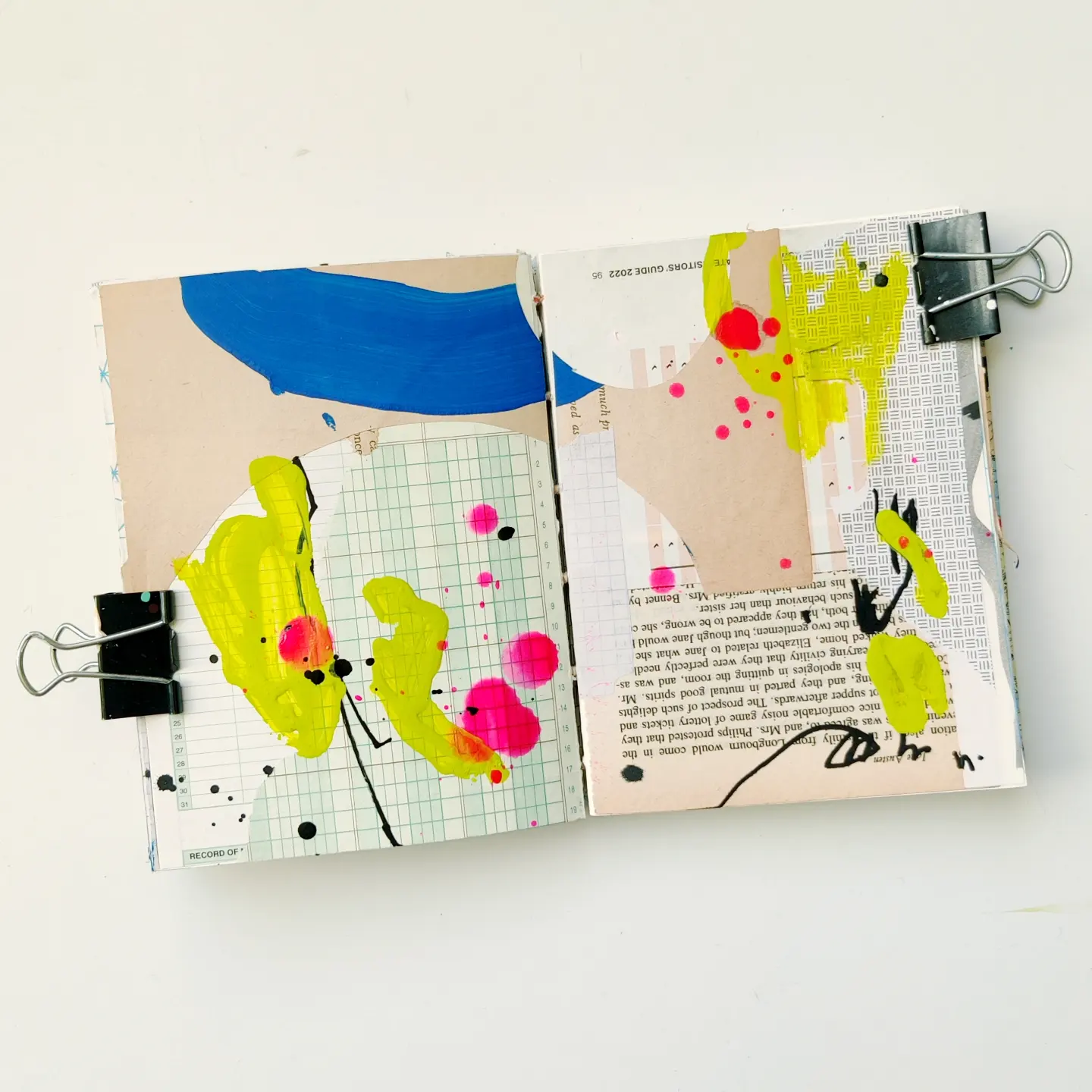
Art Journal FAQs
•
What type of journal do you use? I make my own art journals. They measure about 4.5×6 inches (11×15 cm) and are filled with watercolor paper. They’re simpler to make than it looks; the only special materials you need are chipboard, an awl, and waxed linen thread. Check out the…
-
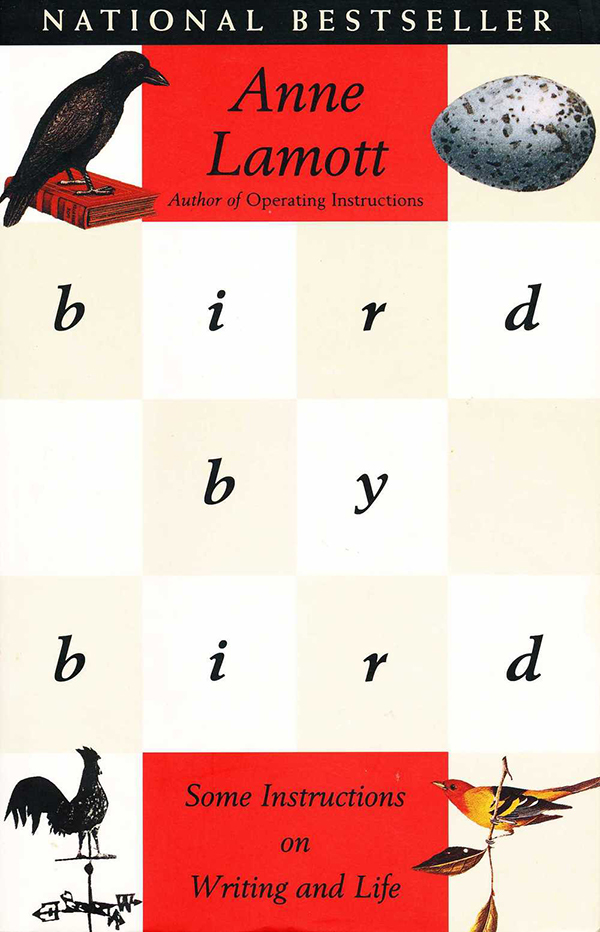
Bird by Bird
•
I just finished reading Anne Lamott’s insightful (and wickedly funny) Bird by Bird: Some Instructions on Writing and Life.
-
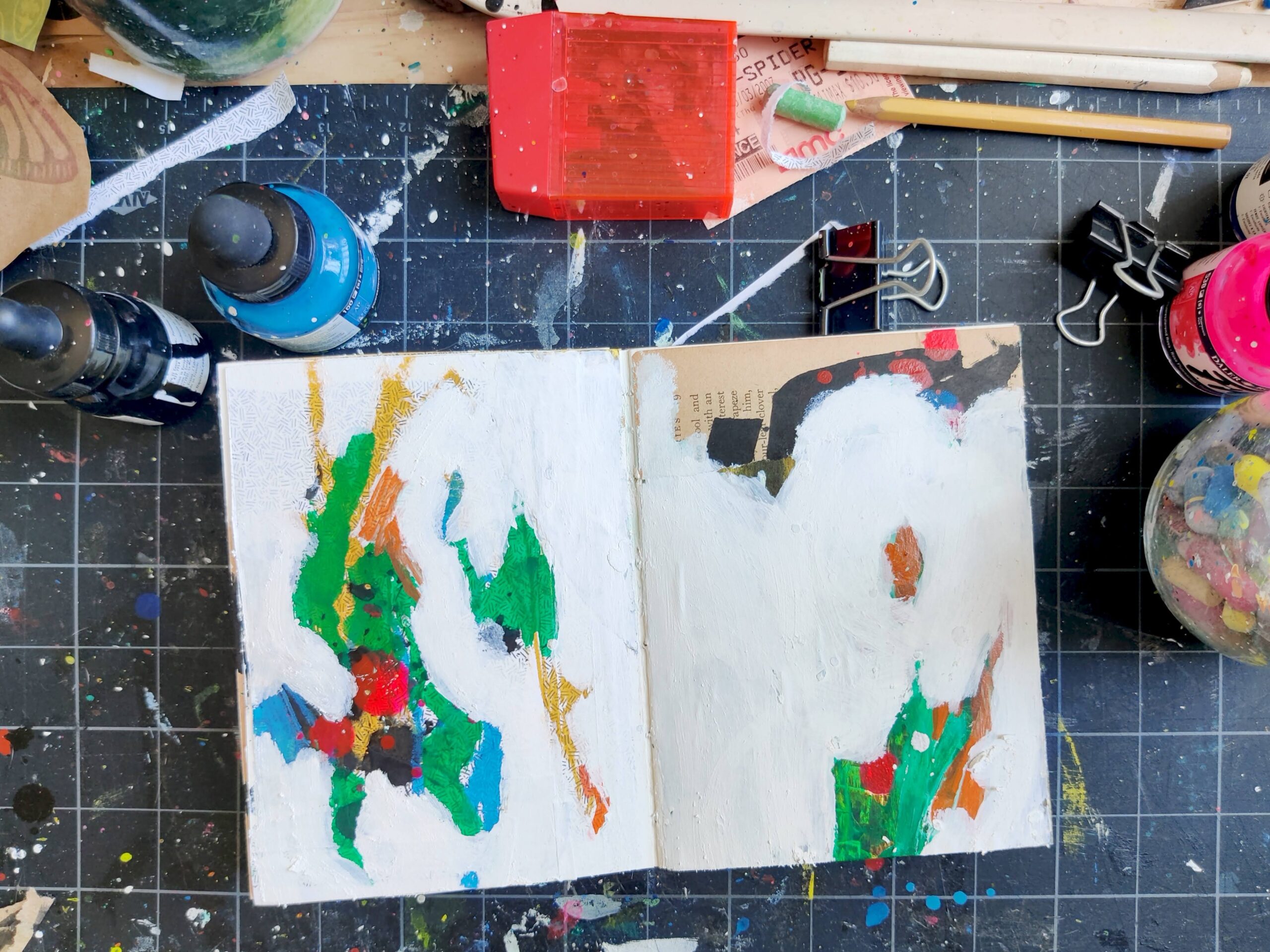
Make Ugly Art
•
For each piece of polished, finished art shared online, every artist has a whole pile of unfinished, “messed up,” or ugly pieces. And that’s exactly as it should be.
-
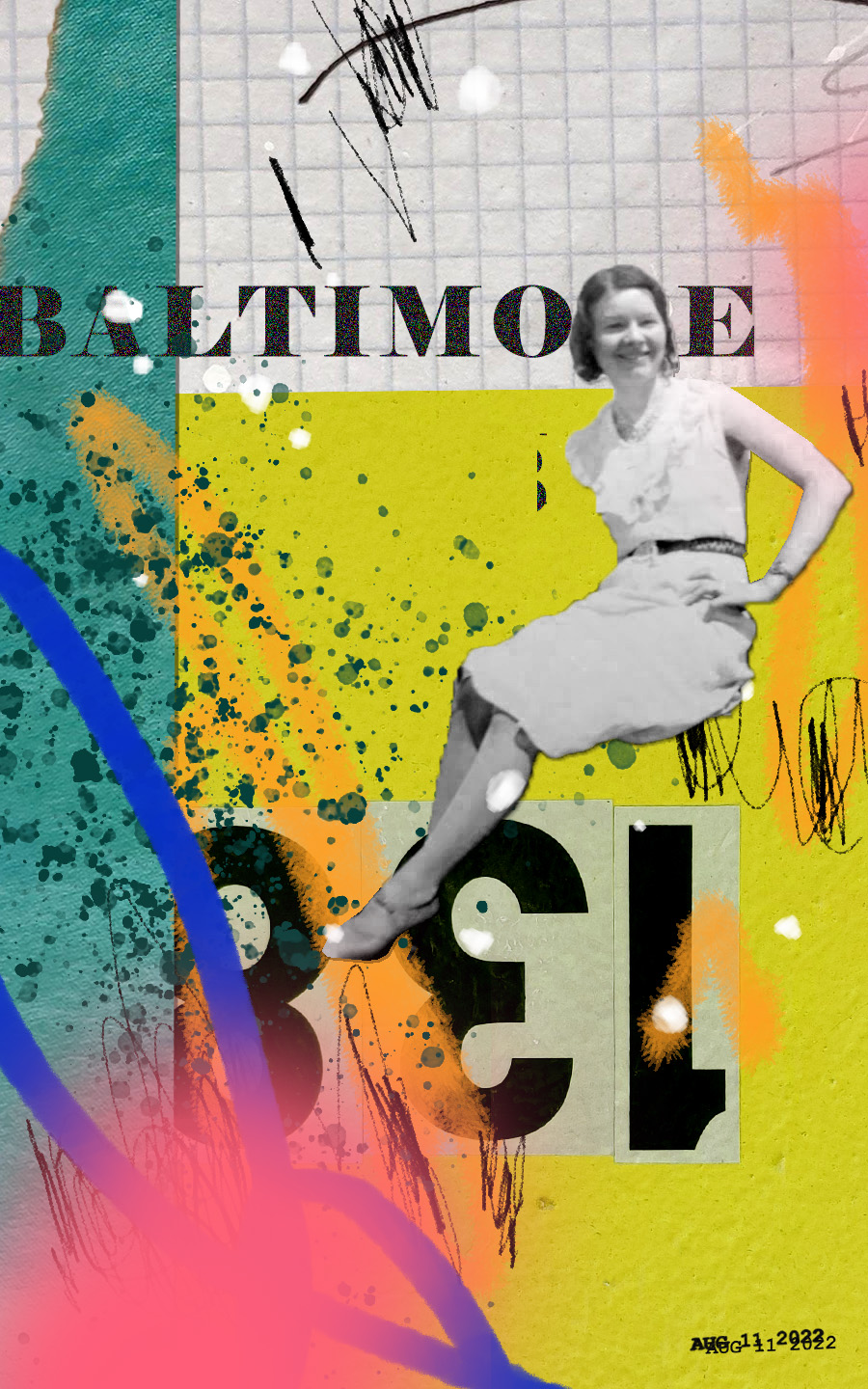
Digital Collage: Grandma Cordie
•
I’ve been exploring digital collage, remixing my own art and photography into new creations.
